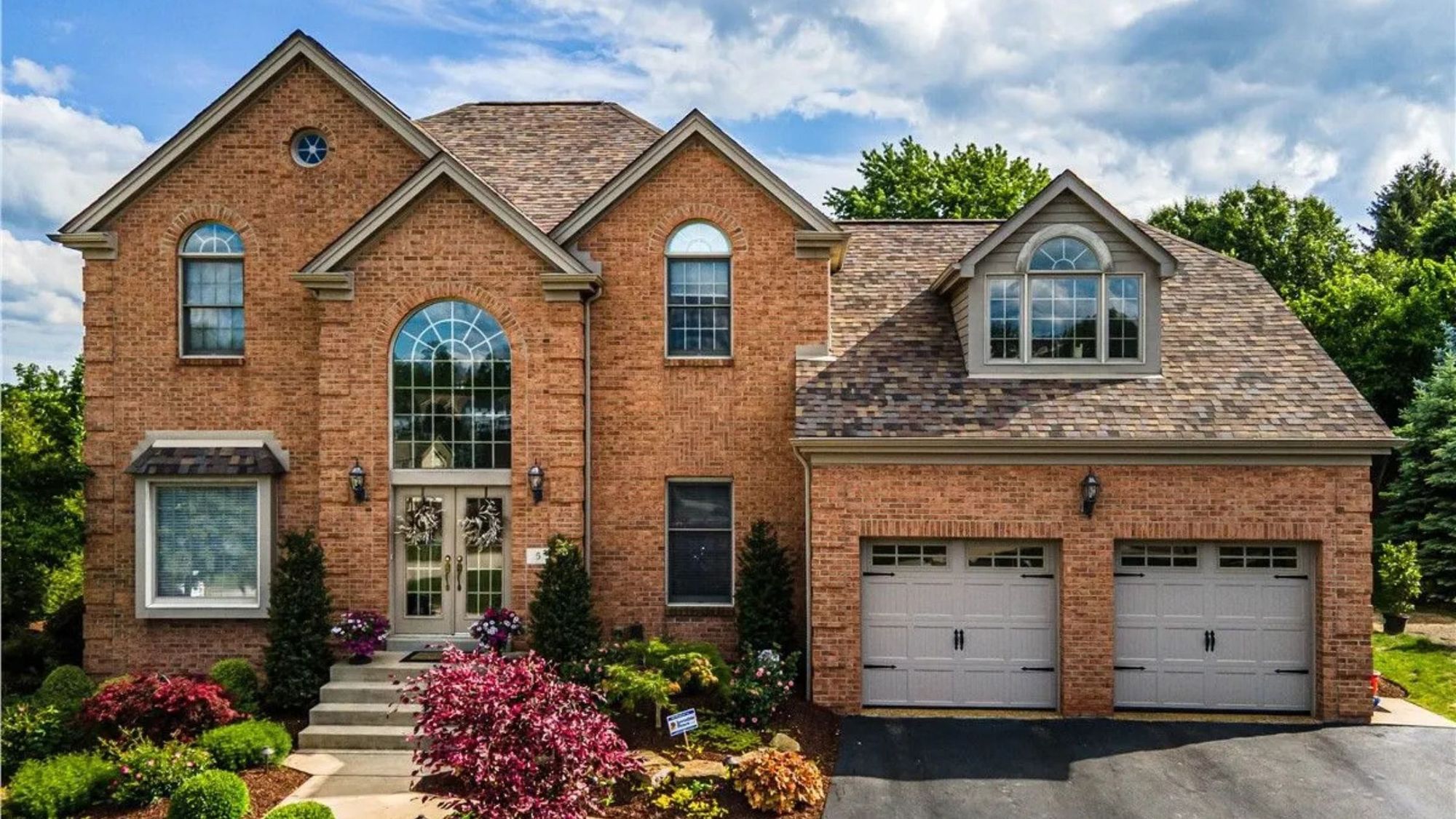
When you think about your roof, you probably picture shingles, tiles, or maybe even gutters. But one of the most important parts of your roof is something you can’t see, ventilation. Good roof ventilation helps protect your home from damage, makes it more energy-efficient, and can even extend the life of your roof. Whether you’re planning a new roof or just want to keep your current one in top shape, understanding roof ventilation is key.
What Is Roof Ventilation and Why Is It Important?
Roof ventilation is the system that allows air to flow in and out of your attic. It helps keep temperatures and moisture levels balanced under your roof. Without good ventilation, hot and moist air can get trapped, which can lead to serious damage over time.
If your attic gets too hot in the summer, it can "cook" your roof from the inside out. The heat causes shingles to break down faster, which means you might need a new roof sooner than expected. In the winter, trapped moisture can lead to mold, mildew, and even wood rot. All of these issues can cost you a lot in repairs and reduce the lifespan of your roof.
How Does Roof Ventilation Work?
A well-designed ventilation system uses a combination of intake and exhaust vents to keep air moving. Cool, fresh air comes in through intake vents, usually located in the soffits (the area under the eaves of your roof). Warm, moist air escapes through exhaust vents at the top of the roof, often in the form of ridge vents.
This setup creates a natural airflow through your attic. As warm air rises, it exits through the ridge vent, pulling cooler air in through the soffit vents. This constant movement of air keeps temperatures steady and reduces moisture buildup.
Soffit and Ridge Vents: The Dream Team
Soffit vents and ridge vents work best when used together. Soffit vents are like the lungs of your roof, they bring in the fresh air. Ridge vents, located at the peak of your roof, act like an exhaust fan, letting the hot, humid air out.
This system works quietly in the background, without using electricity. It doesn’t require much maintenance either, but it does need to be installed correctly. Blocked or missing vents can stop the airflow and cause problems in your attic and on your roof.
Moisture: A Hidden Enemy
Even if you live in a dry climate, moisture can still build up in your attic. Everyday activities like cooking, showering, and doing laundry send warm, moist air into your home. Without proper ventilation, that moisture can get trapped in the attic and cause damage.
Too much moisture in the attic can lead to mold, mildew, and damaged insulation. Over time, it can even cause wood in the roof structure to rot. These problems can be expensive to fix and dangerous to your health.
Keep Your Roof Cool and Long-Lasting
A hot attic can damage your roof from the inside. When the temperature in your attic soars during the summer, it causes shingles to age faster and can lead to cracked wood or warped roofing materials. In colder climates, poor ventilation can also lead to ice dams, which trap water under shingles and cause leaks.
By keeping your attic close to the same temperature as the outside air, ventilation helps protect your roof all year long.
Work With Roofing Experts You Can Trust
To get the most out of roof ventilation, it’s important to have it installed by professionals. Residential roofing experts know how to design a system that fits your home and your local climate. They’ll make sure vents are placed in the right spots and that airflow is balanced.
If you're planning a residential roof installation or want to improve your current roof’s performance, a trusted roofing company can help.
For homeowners in Southern California, Christensen Roofing is a trusted name in roofing and ventilation. Their team brings years of experience and high-quality service to every job, helping you protect your roof and your home for years to come.